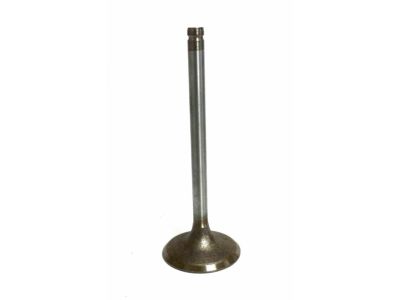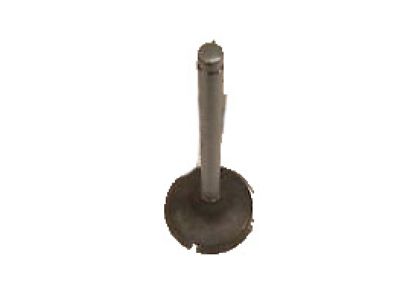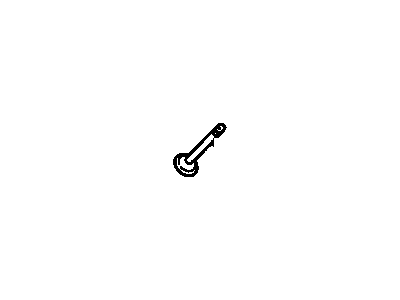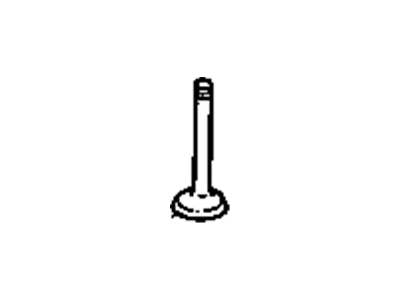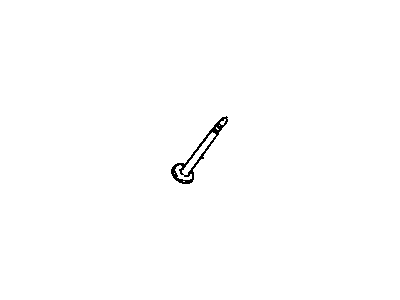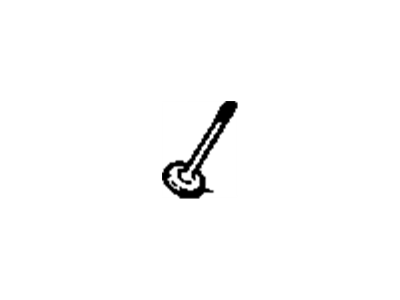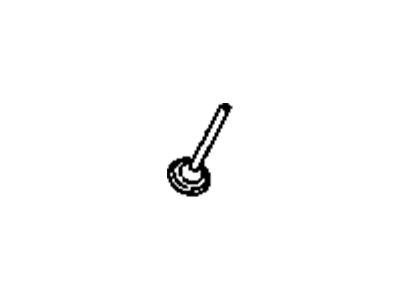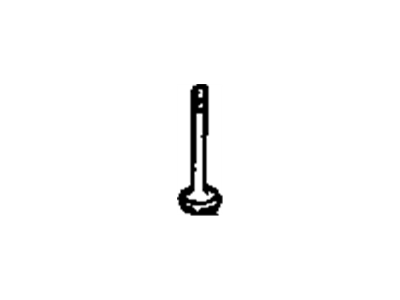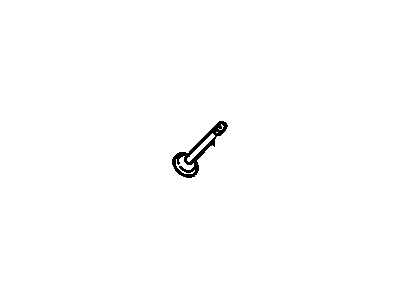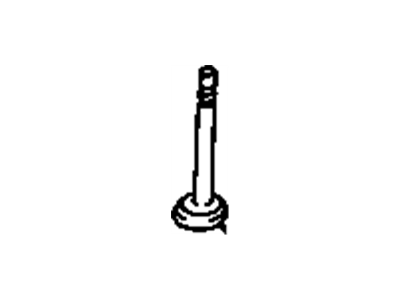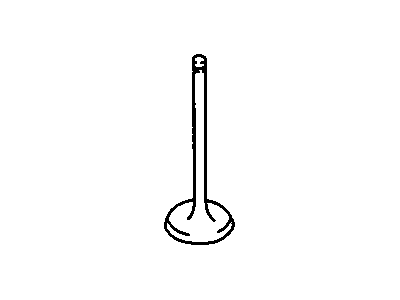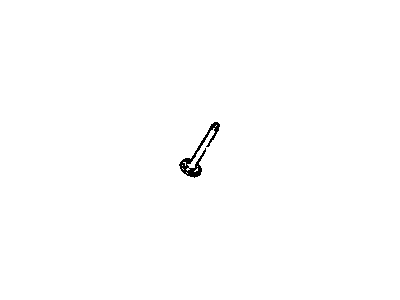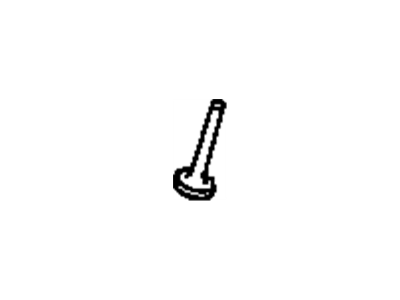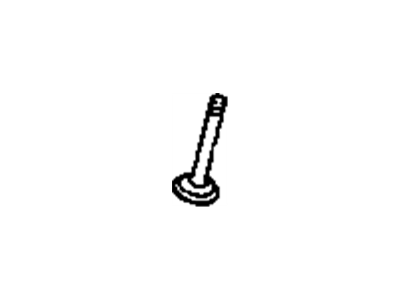
My Garage
My Account
Cart
Genuine Oldsmobile Cutlass Intake Valve
Engine Intake Valve- Select Vehicle by Model
- Select Vehicle by VIN
Select Vehicle by Model
orMake
Model
Year
Select Vehicle by VIN
For the most accurate results, select vehicle by your VIN (Vehicle Identification Number).
31 Intake Valves found
Oldsmobile Cutlass Valve, Intake
Part Number: 10166341$15.42 MSRP: $23.65You Save: $8.23 (35%)Ships in 1-2 Business DaysOldsmobile Cutlass Valve, Inlet
Part Number: 25512098$13.15 MSRP: $26.53You Save: $13.38 (51%)Ships in 1-2 Business DaysOldsmobile Cutlass Valve, Intake(.089 Oversize)
Part Number: 10166374$16.72 MSRP: $33.70You Save: $16.98 (51%)Oldsmobile Cutlass Valve,Intake
Part Number: 24506031$15.74 MSRP: $26.05You Save: $10.31 (40%)Ships in 1-2 Business DaysOldsmobile Cutlass Valve,Intake
Part Number: 12616697$23.47 MSRP: $37.44You Save: $13.97 (38%)Ships in 1-2 Business Days
| Page 1 of 2 |Next >
1-20 of 31 Results
Oldsmobile Cutlass Intake Valve
The Intake Valve in Oldsmobile Cutlass is of great importance in improving the performance of the engine as well as contributing towards correct combustion. Its main purpose is to control the flow of air and fuel to enter the engine, therefore has to be timed in such a way when it opens and closes. When the Intake Valve fails the combustion process in the engine is poor and the engine power reduces making it important to replace any bad valves in the engine. Through the time of Oldsmobile Cutlass models production Intake Valves were changed due to the kind of style adopted in order to increase the effectiveness of the machines in question. The replacement process requires certain equipment and techniques to avoid short circuit of other parts in the vicinity. This is why the Intake Valve need to be installed and maintained properly to avoid subjected to expensive replacement and to be able to last long enough for the Oldsmobile Cutlass engine.
Each OEM Oldsmobile Cutlass Intake Valve we offer is competitively priced and comes with the assurance of the manufacturer's warranty for the part. Furthermore, we guarantee the speedy delivery of your orders right to your doorstep. Our hassle-free return policy is also in place for your peace of mind.
Oldsmobile Cutlass Intake Valve Parts Questions & Experts Answers
- Q: How to Replace and Regrind Exhaust Valve, Intake Valve and Rocker Guide in V6 engine on Oldsmobile Cutlass?A:The 231 cu in V6 engine has a significantly different valve mechanism than most GM engines, inasmuch as it does not provide for a valve lash adjustment. If for instance the valve seat on the cylinder head or the valve face is ground it could either increase or decrease the height of the valve stem from the head surface. The stem should be reground to the natural height if the valve and seat have been refinished to an extent where the valve stem end of a smallest size is higher by approximately 0.050 in from the normal position as shown above. The first step is to take off the cylinder head; place it on a clean platform or any flat surface. Insert a suitable spring compressor tool and compress the valve spring in order to have access to the valve spring cap key and then remove the spring as well as the cap. Take out the valve seals and take out the valves and arrange them in the suitable order in a wooden or a cardboard so that the same can be fitted in the machine later. Scrub the cylinder head and examine it for cracks; valves should also be checked for pits or burning around them, or poor contact area; if necessary they may be rebored or replaced; any valve that becomes sharp on the edges once ground should be chucked. The accuracy concerning the valve face angle is at 45°. If the stem has too much end-play in its guide, the valve should be replaced by an oversized one and this can only be done effectively by a dealer or a machine shop. The valve seats should also be trued-up to 45°, which is also best done in a dealer or a machine shop. Following the trueing job, valve should be lapped slightly against the seats using the carborundum paste of wrong grade and suction cup lap to and fro grinding tool with occasional lifting of the valve for the paste redistribution. Slip off the paste and work it over with fine carborundum paste until there is laid on a level circle of grey matte finish and be careful to wipe off all grinding compound. Coat the valve stems and guides with the engine oil and replace the valves as they were earlier. Replace intake valve seals at least and do not replace or install exhaust valve guide seals. Because the valve stem enters the guide with contact below, begin the valve seal over the valve stem, press it down until it rubs on the top of the guide, and install the seal over the valve guide with an installation tool by fitting the seal tightly. Slightly compress the springs when fitting the keepers so that you do not spoil the valve seal through over-compression. Last but not the least, the intake and the exhaust valve springs are to be fitted; place the valve spring, the cap and the cap retainer and fit the cylinder head back again.
Related Oldsmobile Cutlass Parts
Browse by Year
1999 Intake Valve 1998 Intake Valve 1997 Intake Valve 1996 Intake Valve 1995 Intake Valve 1994 Intake Valve 1993 Intake Valve 1992 Intake Valve 1991 Intake Valve 1990 Intake Valve 1989 Intake Valve 1988 Intake Valve 1987 Intake Valve 1986 Intake Valve 1985 Intake Valve 1984 Intake Valve 1983 Intake Valve 1982 Intake Valve
